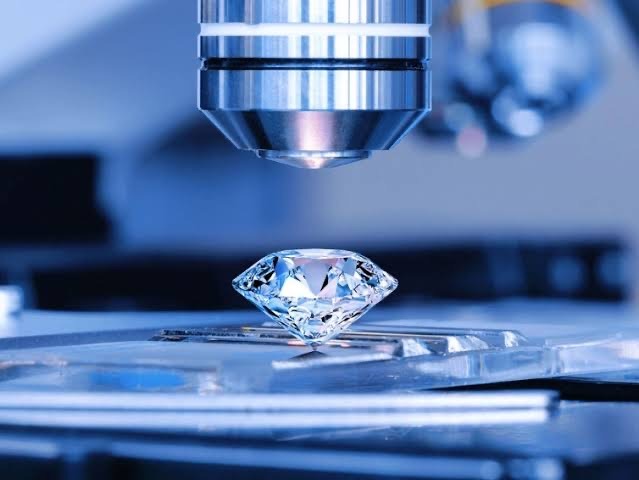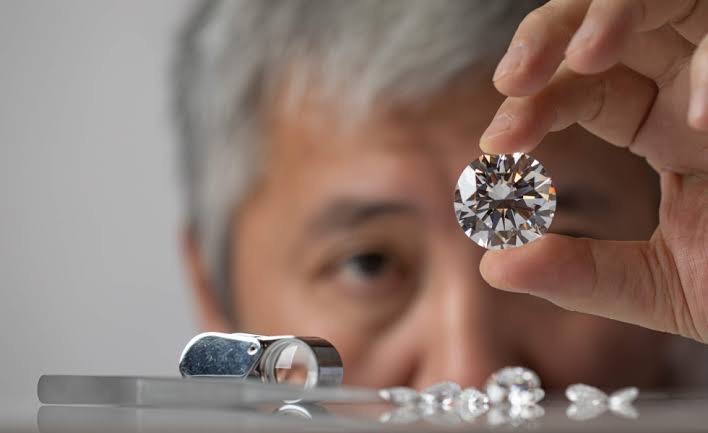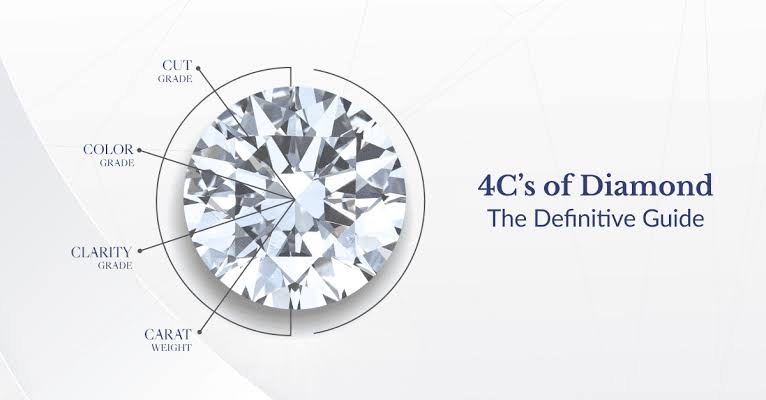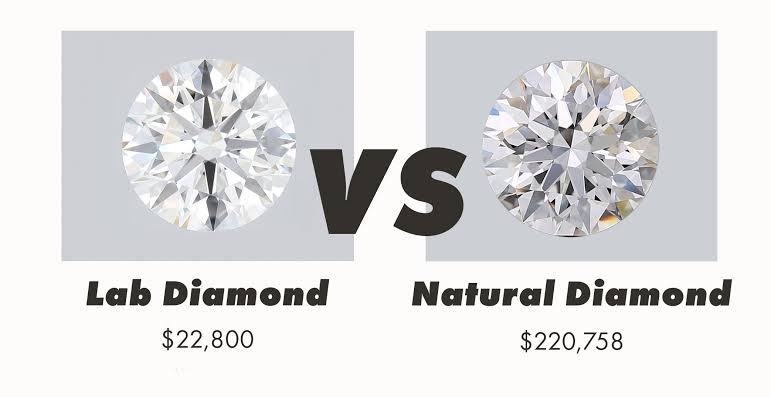Diamonds have always been the best friend for women. Be it wedding or a proposal, women love to wear diamonds on their fingers. But with each passing day, diamonds are getting more expensive. The scarcity of diamonds are growing with each passing decades. As per the 2022 reports by World Atlas, Russia was the top natural diamond producing country in the world with 39.12 million carats of diamonds.
This list further went on to include Botswana (22.88 million carats), Canada (17.62 million carats), Democratic Republic of the Congo (14.09 million carats) and South Africa (9.72 million carats) was at the fifth position. But, in the past one decade, the concept of lab-grown diamonds became popular all over the world.

What is Lab-grown diamond?
This list further went on to include Botswana (22.88 million carats), Canada (17.62 million carats), Democratic Republic of the Congo (14.09 million carats) and South Africa (9.72 million carats) was at the fifth position. But, in the past one decade, the concept of lab-grown diamonds became popular all over the world.
Lab-grown diamonds or synthetic diamonds, as the name suggests that the rock is developed/grown synthetically in the laboratories. General Electric (GE) created the first lab-grown diamonds in 1950s. It has the same physical, chemical and optical properties as the natural diamonds possess. For the first time, few particles of diamonds were found from the pure carbon in 1797. But none of those scientists and the later ones couldn’t replicate the entire process to get a sharp synthetic diamond.
In 1954, GE successfully created the first artificial diamonds in their labs. The project was named as “Project Super Pressure”. Although the project started in 1940s but due to the political turmoil for the World War II the project got delayed. But the first diamond was not enough to use in jewellery, so they improvised the process and used different technique to bring a good quality diamond to use in jewellery in 1971.

How artificial diamonds are being created?
Now this might sound slightly technical. But before understanding the process of artificial diamond creation, one must know the natural diamond creation process. A natural diamond can be found almost 150 miles before the earth surface. The carbon is compressed naturally under the high pressure and high temperature and thus takes a shape of raw diamond. Which is later excavated and cut in various shapes and angles to increase the shine of the stone.
The same process has been improvised to implement in the laboratories by the scientists to create artificial diamonds. In 2020, Statista recorded China as the highest lab-grown diamond producer in the world with 3 million carats diamond. It’s followed by India (1.5 million carats), United States (1 million carats) , Singapore (1 million carats), Europe and Middle East (0.5 million carats) and Russia (0.2 million carats).

Difference between natural and lab-grown diamonds
I’m sure by now, you are thinking about difference between the two and also thinking which one to choose. So here you go:
1. Though you cannot figure out the difference with your naked eyes. But if you notice very minutely, you can find tiny amount of nitrogen in natural diamonds, as it extracts the nitrogen from the heat and air pressure. But you cannot find any particles of nitrogen in lab-grown diamonds.
2. The creation process itself is a huge difference. The natural diamonds are made under the pressure of earth crust for millions of years, whereas the same amount of pressure and heat is being generated to create the lab-grown diamonds but all are being done in a lab setup.
3. Natural diamonds take millions of years to come into the shape before mining. But the lab-grown diamonds take significantly less time to be developed.
Benefits of buying lab-grown diamonds
As the lab-grown diamonds are not so rare like natural diamonds, that’s why the price is less. You can buy more lab-grown diamonds in your budget compared to natural diamonds. Diamonds can be tested on the basis of 4 Cs (clarity, cut, colour and carat weight) which can never be detected through naked eyes. Just for your information, celebrities like, Penelope Cruz, Meghan Markle, Emma Watson, Leonardo di Caprio, Lady GaGa, e data, Rihanna and many more wear lab-grown diamonds. They consider it as a lifestyle with a touch of sustainability and fashion.

Cons of buying lab-grown diamonds
The rarity factor will always be there when it comes to lab-grown diamonds. As it is synthetically produced and not mined, the rarity of the stone will be a concern for the buyers. The basic economic law of demand and supply doesn’t work in this case. When the demand increases, the supply decreases. But since grown diamonds doesn’t take millions of years to be created, the demand and supply stays in balance.
GIA grade for lab-grown diamonds
GIA have recognised lab-grown diamonds and has given certification to it. But GIA grading is not the same as natural diamonds. The mined diamonds get GIA grading score based on 4Cs but synthetic diamonds get fades only for colour and clarity as its artificially created diamonds. Since 2007, GIA grades are been scored with the artificial diamonds, which you can ask for at the store before purchasing. The International Gem Society also assured that, as they keep changing the grading system for the artificial diamonds, that’s not going to misguide the customers. Rather it will give a detail knowledge to the customers before choosing between the mined and lab-grown diamonds.

Many buyers feel that buying or owning a lab-grown diamond jewellery is unethical as its grown and not mined. But I personally feel, its all about your thought process. If you are clear to your own conscience and you worry about the planet, then you will definitely go for a lab-grown diamonds. I really don’t want my husband/fiancé to gift me a natural diamond. I would prefer to flaunt a lab-grown diamond ring on my fingers and will try to protect the natural resources of this planet. Severe diamond mining causes landslide and damage to the earth crust. Why should I go for a natural diamond ring and damage the same earth crust which I walk over all the time?
